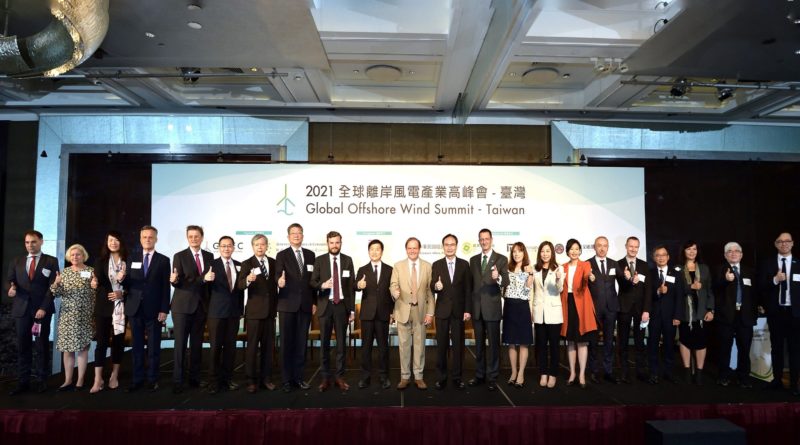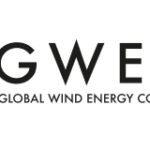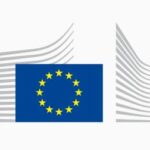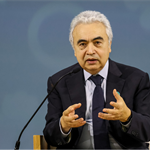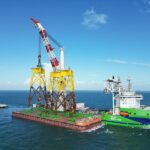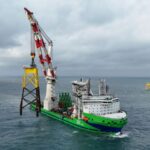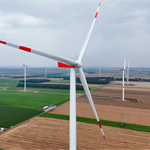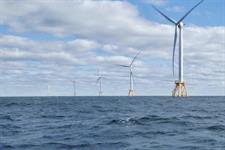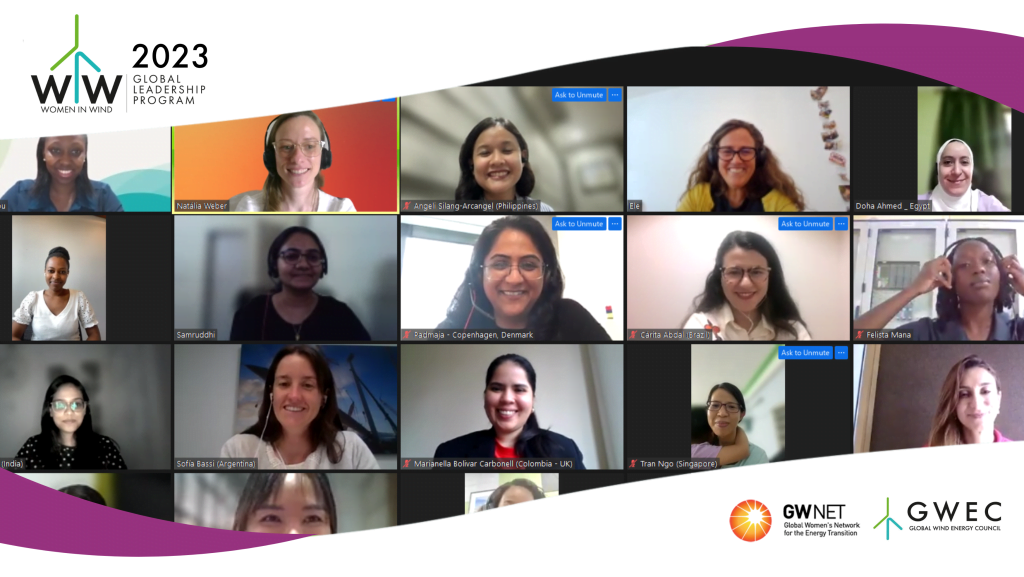ECCT and GWEC: Taiwan’s offshore wind ambitions are within reach and will power a green recovery
Energy Disrupter

Already a leading country in the region, Taiwan is well-position for future growth in the wind energy market. In the C-Suite executive panel discussion, the moderator Maya Malik, Senior Advisor of the Global Offshore Wind Task Force (GWEC), led a lively discussion among nine industry leaders and government officials on the challenges and opportunities going forward for offshore wind in Taiwan. Yu Cheng-Wei, Director-General of the Bureau of Energy (BOE) at the Ministry of Economic Affairs (MOEA), and Yang Chih-Ching, Deputy Director-General of the Industrial Development Bureau (IDB) at the MOEA, expressed that the round 3 rules will help accelerate green energy trading market in Taiwan and encourage more CPPAs to be signed between the developers and Taiwan companies. This would benefit both the offshore wind industry and Taiwan companies who must decarbonise for global supply chain compliance. Lee Hsien-Yi, TIPC Chairman, and Yeh Hsieh-long, Director General of Maritime Port Bureau, MOTC introduced their port infrastructure plans to support round 3 development. Alex Robertson, Vice President & General Manager of Vestas Taiwan pointed out the need for urgent investment in the Taichung Harbor, which is critical for the industry to produce the next generation offshore turbines in Taiwan. Productive suggestions on Taiwan’s localisation and ports infrastructure for Round 3 starting in 2026 were proposed by Weiwei Tseng, Board Member and Director of wpd Taiwan, Christy Wang, General Manager of Ørsted Taiwan, Niels Steenberg, Chairman and Managing Director of Siemens Gamesa, and Marina Hsu, Managing Director of CiP Taiwan.
The summit continued to explore new horizons for Taiwan offshore wind development under the theme “Sustainable growth of Taiwan’s offshore wind industry in the Asian Pacific market,” including regional supply chain collaboration in APAC, upscaling port infrastructure, and generating renewable hydrogen from offshore wind. Jin Kato, Chairman of JWPA, and Choi Woojin, Vice Chairman of KWEIA, and Sanjeet Sanghera Global Head of BloombergNEF updated policies and challenges facing new offshore wind markets in Japan, Korea, and the globe, while Liming Qiao, Head of GWEC Asia, introduced the North Sea supply chain collaboration model, which may be applicable to the Asia Pacific region. Jasper Bank, CCO of Port Esbjerg and Chung Ying-feng, Vice President of TIPC, shared their strategy for sustainable port operations. Jasper Bank further elaborated how Esbjerg has evolved from Denmark’s principal fishing harbour into Europe’s leading port for offshore wind turbines. Andrew Ho at Ørsted Asia-Pacific, revealed the EU’s ambitious target for producing renewable hydrogen, mainly from excess offshore wind power, to 6GW by 2026 and 40GW by 2040. The last speaker from TÜV Rheinland Hydrogen Technology Competence Center, Norbert Heidelmann, stressed that the policy setting and internationally recognised certification of differentiating green from grey hydrogen are drivers of renewable hydrogen development.
According to GWEC Market Intelligence’s latest market outlook, Taiwan is positioned to be the largest offshore wind market in Asia, excluding mainland China. Taiwan’s offshore wind power generation capacity is expected to reach 15GW over 10 years between 2026 and 2035. As a result, Taiwan is projected to support the creation of over 20,000 jobs and attract around US$30 billion in inward investment by 2025. By 2035, the investment is expected to reach US$90 billion and create an estimated 57,000 jobs, transforming Taiwan into a green leader in the region.

